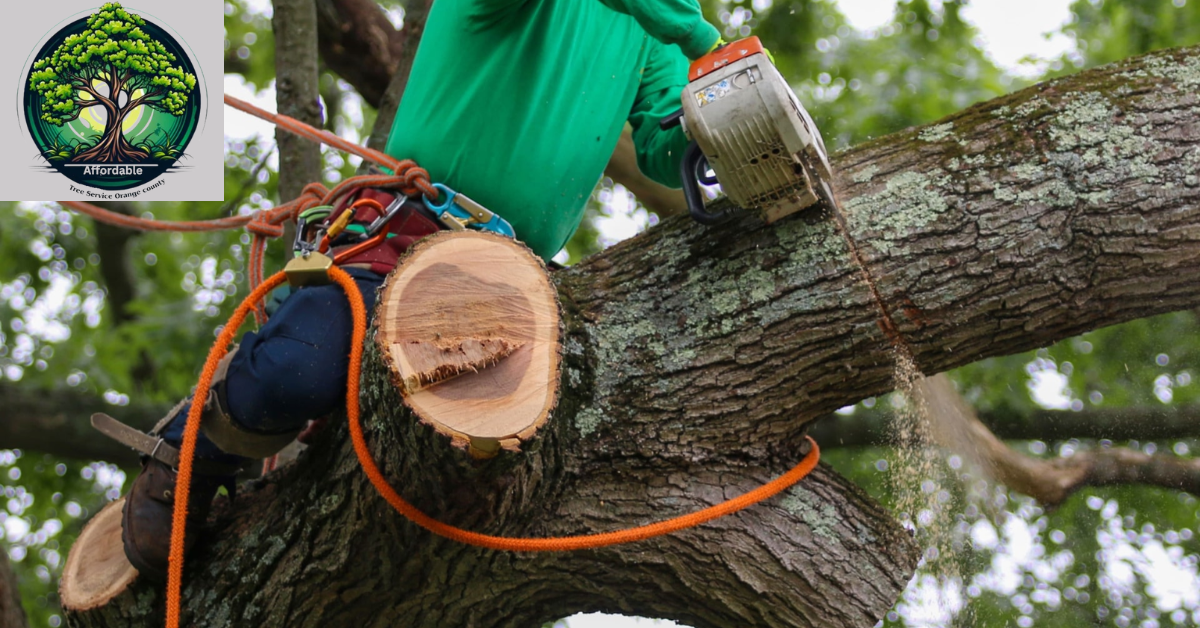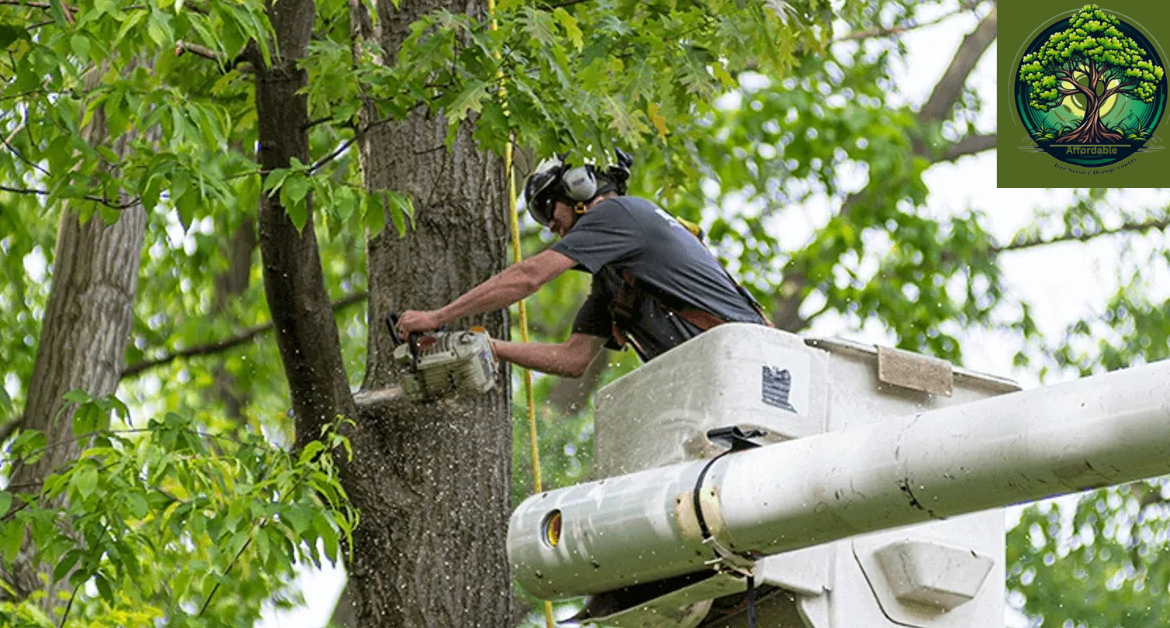Trees are an essential part of our environment, providing numerous benefits such as shade, oxygen, and aesthetic value. However, there are times when a tree needs to be removed due to various reasons, such as disease, structural damage, or obstruction. In such cases, it is crucial to hire a professional tree removal service to ensure the safe and effective removal of the tree. Professional tree removal is a specialized and intricate process that requires the expertise and experience of certified arborists. These professionals have the necessary training, equipment, and knowledge to safely remove trees while minimizing any potential risks or damages.
In this article, we will delve into the world of professional tree removal and explore the various aspects involved in the process. From the importance of hiring certified arborists to the methods and techniques used for tree removal, we will provide a comprehensive guide to help you understand the complexities of this essential service. Whether you are a homeowner, business owner, or property manager, this article aims to educate and inform you about the significance of professional tree removal and how it can benefit you in the long run.
Protect your property with professional tree removal
With the assistance of experienced arborists, you can safeguard your property from potential hazards by opting for professional tree removal services. These trained professionals possess the knowledge and skills to accurately assess the condition of trees on your property and identify any potential risks they may pose. By utilizing specialized equipment and techniques, they can efficiently and safely remove trees that are diseased, damaged, or in close proximity to buildings or power lines.
Professional tree removal not only helps protect your property from the dangers of falling branches or uprooted trees during storms, but it also enhances the overall aesthetics of your landscape. Additionally, these experts ensure that tree removal is carried out in compliance with local regulations and environmental guidelines, promoting the preservation of natural resources and the well-being of surrounding vegetation.
Standard Tree Removal
When it comes to standard tree removal, there are several factors to consider beyond just the cutting down of the tree. Some trees may be in close proximity to buildings or structures, requiring careful planning and execution to ensure safety. Additionally, the disposal of the tree after removal is a crucial consideration – will it be chipped for mulch or hauled away? The environmental impact of the removal process is something that is often overlooked but should be carefully considered.
Another important aspect of standard tree removal is understanding local regulations and permits. In many areas, there are rules and regulations governing what can and cannot be done when it comes to removing trees, especially in more urban environments. This includes considerations such as protected species and heritage trees that require special permission for removal. Understanding these regulations can save time and legal troubles down the line.
Crane-Assisted Tree Removal
Have you ever witnessed a crane lifting a massive tree out of someone’s yard? The sight is both mesmerizing and awe-inspiring. Crane-assisted tree removal has become increasingly popular due to its efficiency and safety. Rather than relying on manual labor or heavy machinery, the precision and control offered by cranes make the process smoother and quicker.The use of cranes in tree removal also minimizes damage to surrounding structures and vegetation.
The operator can carefully maneuver the tree, avoiding potential hazards such as power lines or delicate landscaping. Additionally, cranes provide accessibility to trees in difficult-to-reach areas, making it possible to remove large trees from confined spaces without causing further disruption.

Stump Grinding
Stump grinding may seem like a mundane task, but its importance in maintaining a clean and pristine landscape cannot be overstated. Beyond the aesthetic benefits, stump grinding also plays a crucial role in preventing new tree growth from sprouting around the old stump. By effectively removing the leftover debris below ground level, you not only eliminate tripping hazards but also create more space for new landscaping projects or developments. Moreover, stump grinding ensures that decaying wood does not attract pests or fungi that could spread to other healthy trees in your yard.
ABOUT MORE SERVICES
Protect Property with Professional Tree Removal
Inspect for hazardous trees
Properly remove dead or damaged trees
Trim branches near power lines
Prevent damage to nearby structures
Utilize specialized equipment and techniques
Dispose of debris and clean up after removal
Benefits of professional tree removal
Removing trees professionally offers a range of benefits that go beyond simply getting rid of unwanted vegetation. One key advantage of professional tree removal is the increased safety it provides. Trees that are dead, diseased, or leaning can pose significant risks, especially during severe weather conditions. By employing the expertise of professionals, you can eliminate these hazards and protect your property from potential damage. Additionally, professional tree removal enhances the overall health and appearance of your landscape. By removing unwanted or overgrown trees, you create space for other plants to thrive.
Assessing the health of trees
When it comes to maintaining the health and longevity of your trees, assessing their overall well-being is crucial. A trained arborist or tree care professional can conduct a comprehensive assessment to determine the health of your trees. This assessment involves evaluating various factors, such as the appearance of the foliage, the presence of pests or diseases, and the structural integrity of the tree. By assessing the health of your trees, you can address any potential issues early on and take appropriate measures to prevent further damage. Regular assessments also allow you to identify.
Assessing tree health
Check for hollow cavities
Look for signs of insect infestation
Check for fungus or mold growth
Assess tree stability and lean
Inspect for dead or hanging branches
Determine overall tree health for removal consideration
Utilizing the right equipment and techniques
When it comes to professional tree removal, utilizing the right equipment and techniques is crucial for a safe and efficient process. Arborists and tree care professionals are equipped with a wide range of specialized tools and machinery designed specifically for tree removal tasks. This includes chainsaws with various cutting attachments, ropes and harnesses for climbing and securing limbs, and heavy-duty machinery like cranes or bucket trucks for accessing hard-to-reach areas.
By using these specialized tools and equipment, professionals can effectively and safely remove trees of all sizes and in various locations. Additionally, employing proper techniques such as strategic tree cutting, limb-by-limb dismantling, and controlled lowering ensures that the tree is safely removed without causing any damage to the surrounding environment or structures.
Proper Tree Removal
Safety gear for workers
Cutting with proper angles to prevent damage
Use of ropes and pulleys for controlled descent
Properly sharpened chainsaws for efficient cutting
Inspection of surrounding area for potential hazards
Knowledge of tree species and best removal methods.
Proper disposal of tree debris
After the tree removal process is completed by professional tree removal services, it is important to properly dispose of the tree debris. This not only helps maintain the aesthetics of the property but also ensures that the debris is handled in an environmentally responsible manner.
One option for proper disposal is through mulching. The tree debris can be chipped into mulch, which can then be used for various purposes such as garden beds or erosion control. Another option is to contact local recycling centers or composting facilities, as they may accept tree debris for processing. It is essential to follow local regulations and guidelines for disposal, as burning or illegal dumping of tree debris can have negative consequences for the environment and may result in penalties.
The importance of hiring certified arborists
Professional Tree Removal is a complex task that requires expertise and knowledge to ensure safe and efficient execution. Hiring certified arborists for your tree removal needs is of utmost importance. Certified arborists undergo rigorous training and education in the field of arboriculture. They possess specialized knowledge in tree care, including tree identification, disease diagnosis, and proper pruning techniques. By hiring certified arborists for your Professional Tree Removal, you can be confident that they have the necessary skills and experience to assess the condition of the tree, determine the appropriate removal method.
How professional removal can save you time and money
When it comes to tree removal, opting for professional services can save you both time and money. Professional tree removal companies have the necessary equipment and experience to efficiently and safely handle the task. They can quickly assess the situation, determine the most effective removal method, and execute it with precision. This means that the process is completed in a timely manner, saving you the hassle of attempting it yourself or relying on inexperienced individuals.
What are the main reasons why professional tree removal services are necessary?
Professional tree removal services are necessary for several reasons. First, they have the expertise and equipment to safely and efficiently remove trees, especially large or damaged ones, minimizing the risk of property damage or personal injury. Second, they can assess the health and stability of trees, identifying potential hazards such as disease or structural problems. Third, they can provide advice on tree care and maintenance, such as pruning or trimming, to ensure the health and longevity of trees.
How much does it cost to remove a tree?
Tree removal costs can vary widely depending on several factors, including the size and location of the tree, as well as any obstacles or hazards present. On average, the cost to remove a tree ranges from $300 to $2,000, with larger and more complex removals costing significantly more. Factors such as tree height, diameter, and proximity to buildings or power lines can all impact the overall cost.
What factors do professional tree removal services consider when determining the cost of removing a tree?
Professional tree removal services consider several factors when determining the cost of removing a tree. These factors include the size and height of the tree, its location, the complexity of the job, the accessibility for their equipment, and any additional services required, such as stump removal or debris hauling. Other factors that may be considered include the health.
Can professional tree removal services provide guidance on whether a tree should be removed or if there are alternative solutions?
Yes, professional tree removal services can provide guidance on whether a tree should be removed or if there are alternative solutions. These services typically have arborists who are experts in tree care and can assess the health, stability, and potential risks associated with a tree. They can provide an evaluation and recommend the best course of action, which may involve tree removal if it poses a significant risk or is severely diseased or damaged.
What steps should be taken after a tree has been removed to ensure the area is properly restored and safe for future landscaping?
After a tree has been removed, several steps should be taken to ensure the area is properly restored and safe for future landscaping. First, the stump should be removed to prevent regrowth and tripping hazards. The area should then be leveled and any large roots or debris should be cleared. If necessary, the soil can be amended with compost or topsoil to improve its fertility. Finally, the area should be inspected for potential hazards such as exposed utility lines.


